Russian troops arrive in Belarus for joint military drills as Ukraine tensions simmer
Russia has begun deploying troops and military hardware to Ukraine’s northern neighbor of Belarus for joint military drills as Belarusian president warns his country will go to war if Russia is attacked.
Russia's Defense Ministry said in a statement on Saturday that the military exercises, which will be held on February 10-20, are aimed at "practicing coordinating allied forces," adding that tens of thousands of troops were already arriving in Belarus ahead of the drills.
Video footage released by the ministry also showed artillery, tanks and armored vehicles arriving on flatbed carriages owned by the Russian state railway company.
Relations between Russia and the West have hit a new low in recent weeks. The United States, its NATO allies, and Ukraine have accused Russia of amassing troops near Ukraine's border for a possible invasion. Moscow rejects the allegation and insists that deployments are defensive in nature.
Belarusian President Alexander Lukashenko said Friday his country would go to war if its key ally Russia was attacked, promising to host "hundreds of thousands" of Russian troops in the event of a conflict.
He said, however, that "there will be no winners in this war" and "everything will be lost".
On January 24, the US announced it had put about 8,500 American troops on heightened alert for a possible deployment to Eastern Europe to counter the alleged threat of a Russian invasion. NATO countries also said they were sending additional ships and fighter jets to Eastern Europe and putting forces on standby.
Kremlin spokesman Dmitry Peskov accused Washington of fueling tensions over Ukraine, stressing that Moscow was watching US actions with great concern.
The US State Department has also approved shipments of US-made missiles and other weapons from NATO allies Lithuania, Latvia and Estonia to Ukraine.
Other NATO members, including Britain and Poland, have agreed to directly send arms to Ukraine, including handguns, ammunition, and anti-tank weapons.
The two allies also held large-scale military exercises in September 2021. Russian President Vladimir Putin said at the time that the military drills were not directed against any foreign country, but called them a necessary response to increased US-led NATO activity near Russia’s borders and those of its allies.
NATO Secretary-General Jens Stoltenberg said the Western military alliance is watching closely as Russia moves troops and arms into Belarus for drills. He warned Russia could conduct a “wide range of aggressive acts” against Ukraine, but said the window was still open to a peaceful and negotiated resolution.
The US and the European Union have already threatened tough economic sanctions against Russia in case of an attack on Ukraine.
Ukrainian President Volodymyr Zelenskyy has called on the West to avoid creating “panic” in the face of the Russian troop buildup on Ukraine’s border.
Zelenskyy made the plea at a news conference with foreign media on Friday, after Putin and his French counterpart, Emmanuel Macron, underlined the need for de-escalation in a phone conversation.
The Ukrainian president said the panic-triggering alerts are placing a heavy burden on the country’s economy, stressing, “We don't need this panic.”
Zelensky also called on Russia to prove it has no intention to invade Ukraine after deploying an estimated 100,000 troops around the former Soviet country.
Last month, Russia demanded legally binding guarantees from NATO that it will halt its eastward expansion and return to its 1997 borders. Moscow also demanded that the military alliance never admit Ukraine as a member.
However, the Kremlin said on Thursday that Russia's main security demands had not been taken into account by the US after Washington delivered written replies to Moscow a day earlier.
Russia has already warned of "appropriate measures" against the West if the Kremlin does not receive a constructive response from the United States on its security demands.
Earlier this month, American and Russian diplomats held talks to resolve the crisis over Ukraine but failed to make a breakthrough. However, they agreed to continue the talks.
During the talks, the Russian representatives reiterated Moscow’s position that its demand for security guarantees be taken seriously. They also made it clear that they were not looking to start any war and had no plan to “invade” Ukraine.
But the Western bloc insists that Russian President Vladimir Putin would ultimately decide on some form of invasion or incursion.
Ukraine, the EU, and the US also claim that Russia has a hand in an ongoing conflict in the Donbass region of Ukraine between government forces and ethnic Russians since 2014. Russia rejects that allegation.
VIDEO | Australians rally for Gaza ahead of Christmas festivities
VIDEO | Attacks on Sana'a
Iran reports further drop in annual inflation rate in December
Israel indicts two settlers over suspected spying for Hezbollah
Iran: US airstrikes on Yemen war crimes, violation of international law
Yemeni armed forces down F-18 fighter jet, repel US-UK attack: Spokesman
Iran warns against US-Israeli plot to weaken Muslims, dominate region
VIDEO | Public uproar in US against Israeli regime


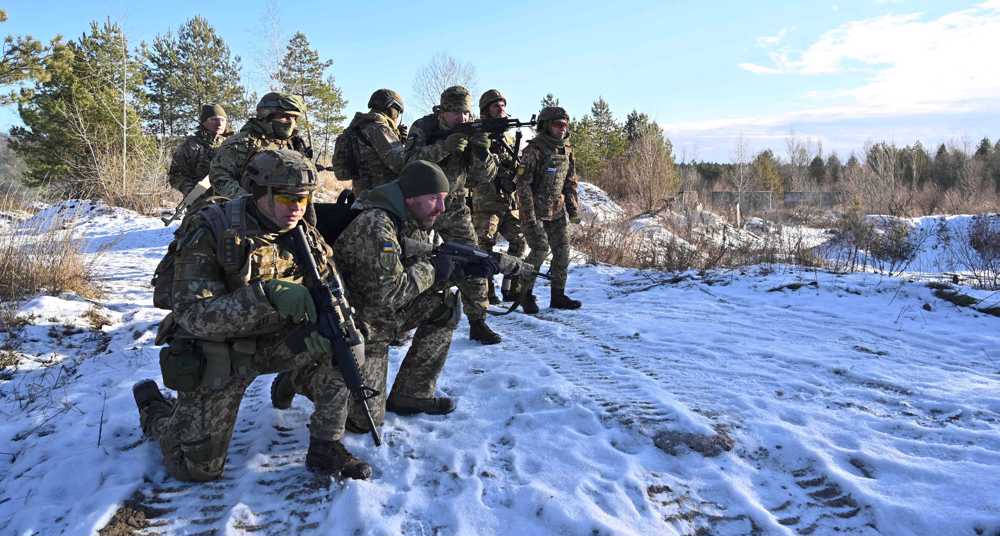

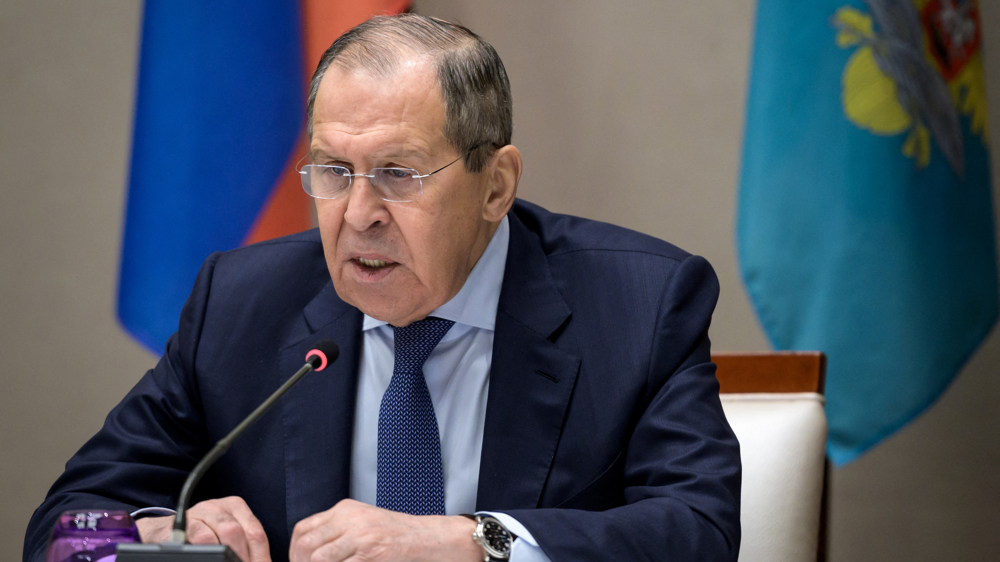

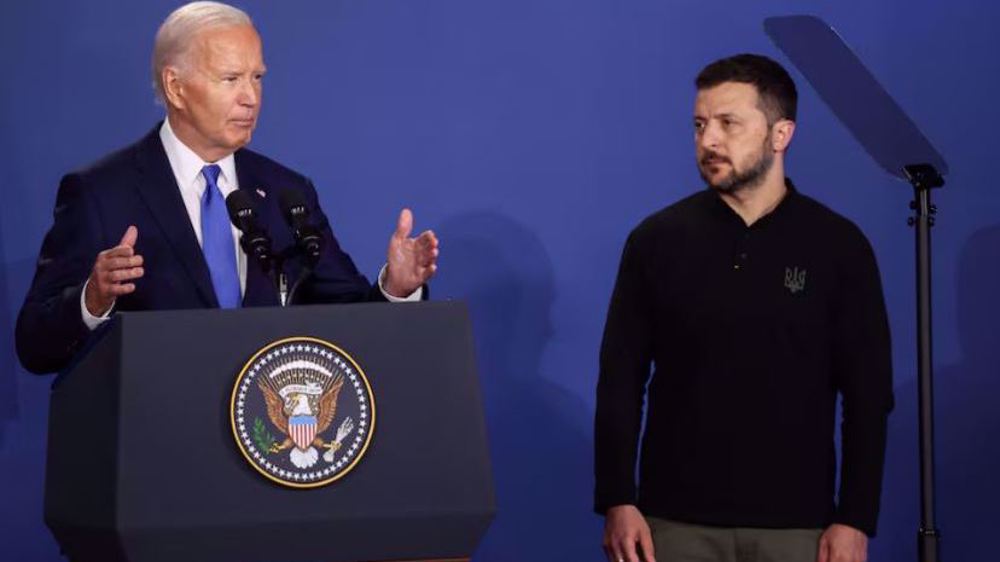
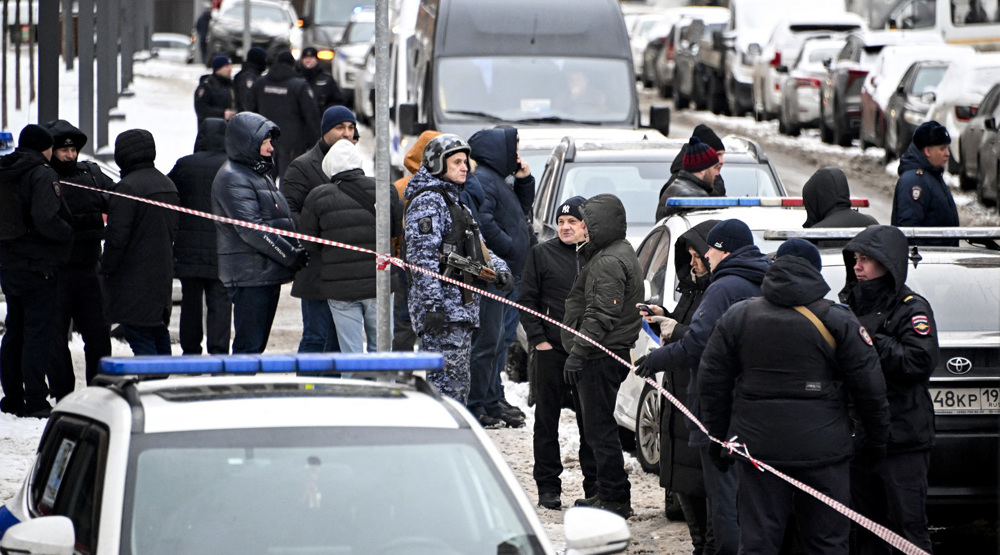



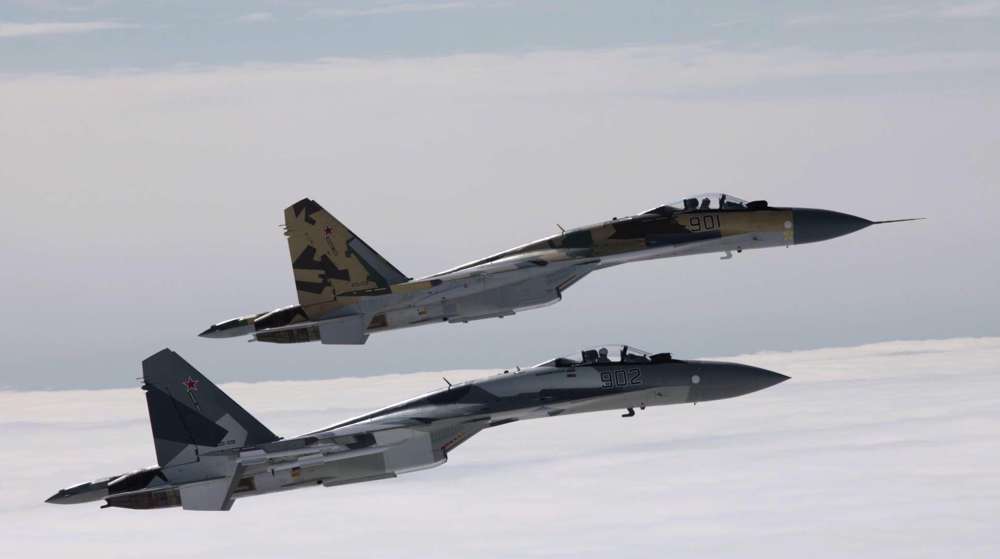
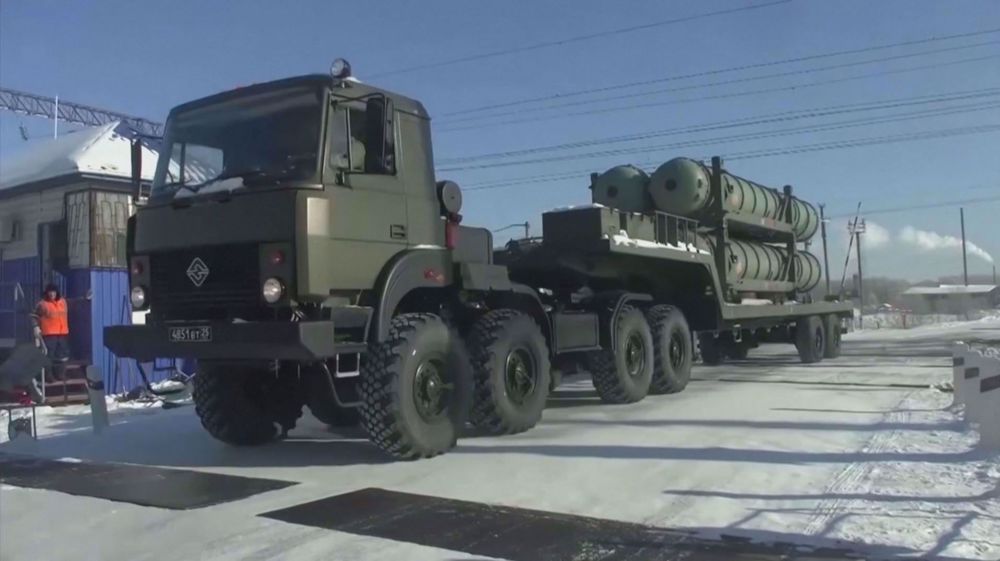
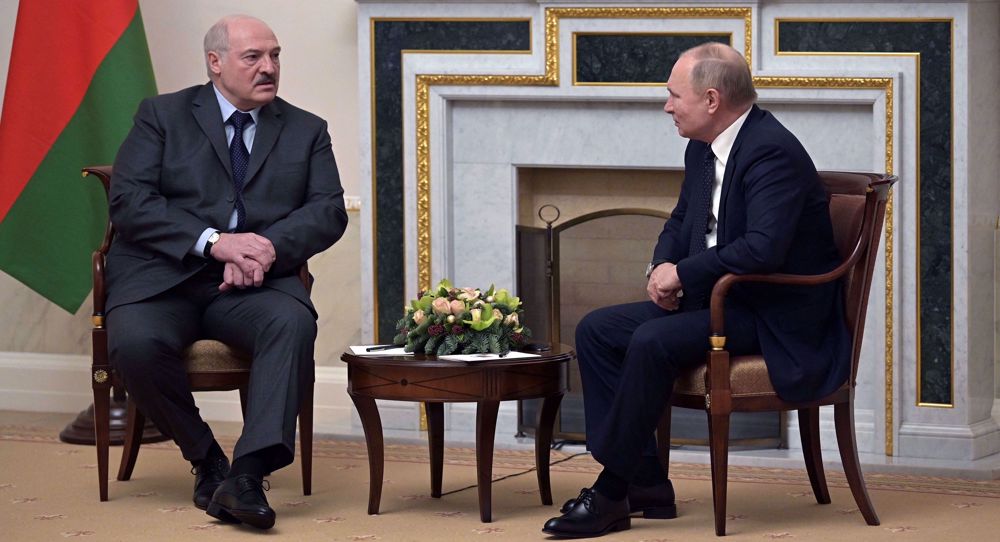

 This makes it easy to access the Press TV website
This makes it easy to access the Press TV website